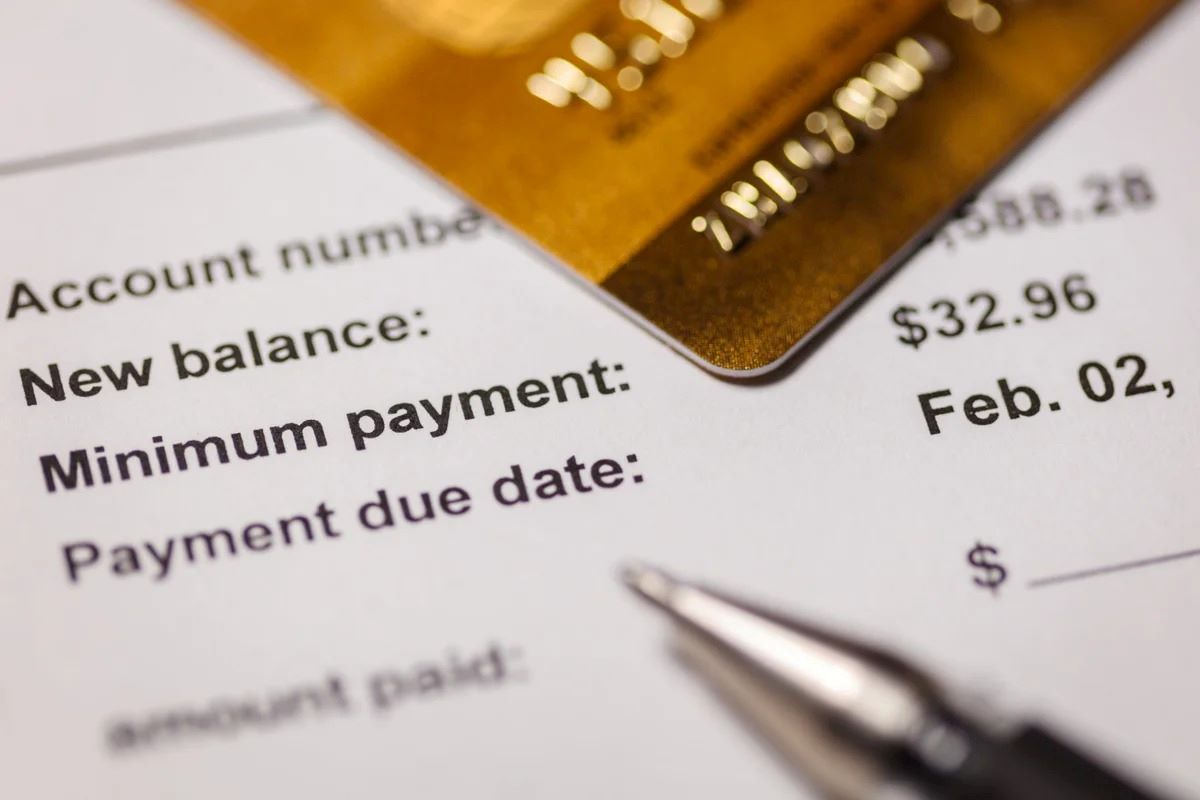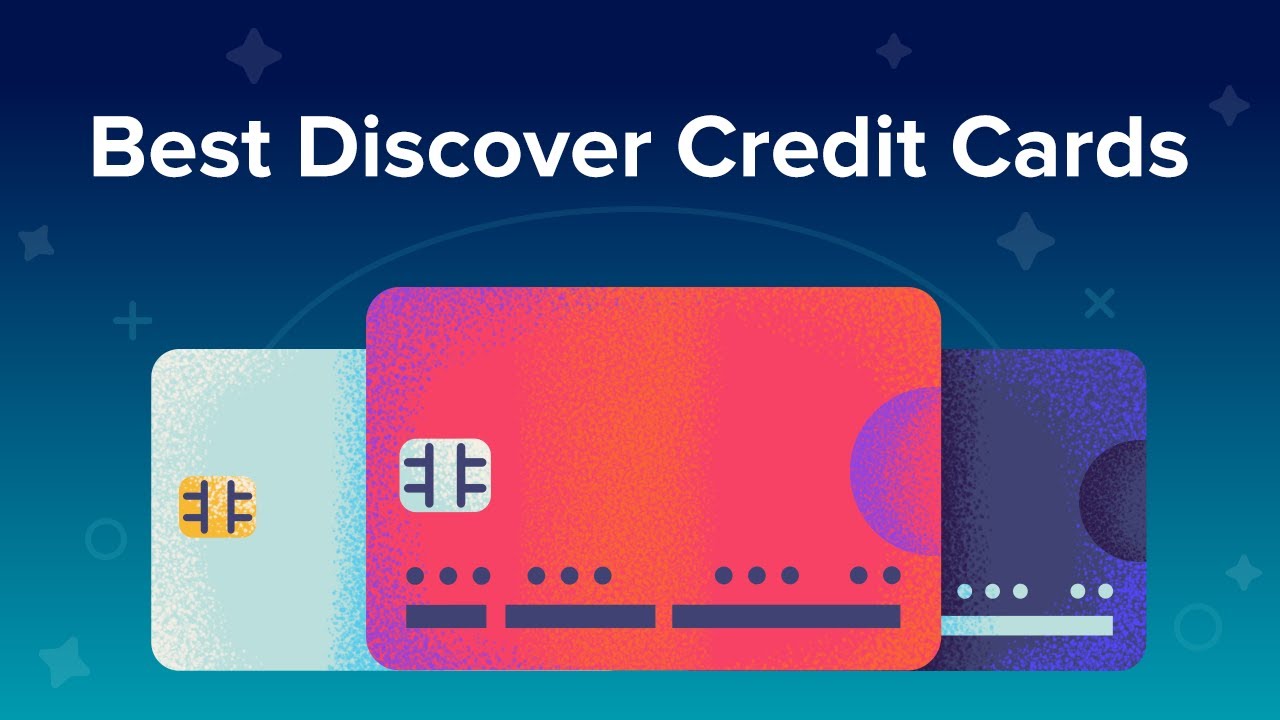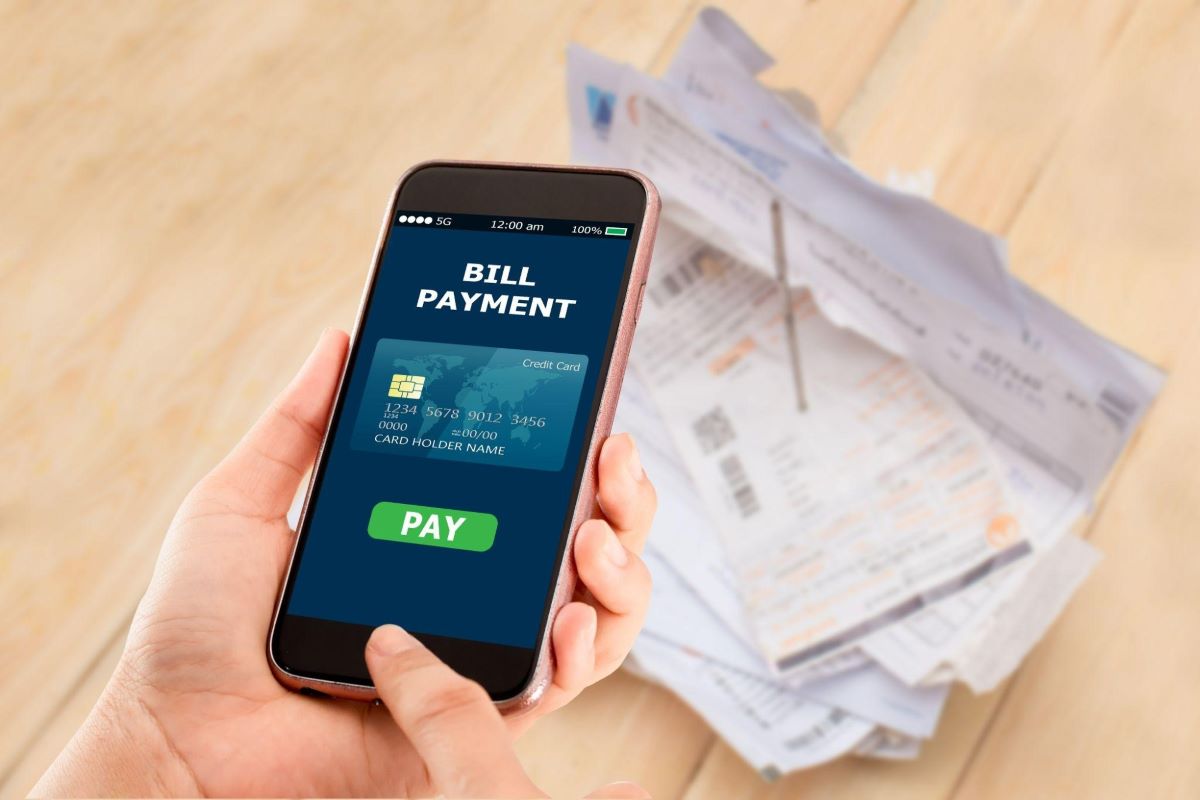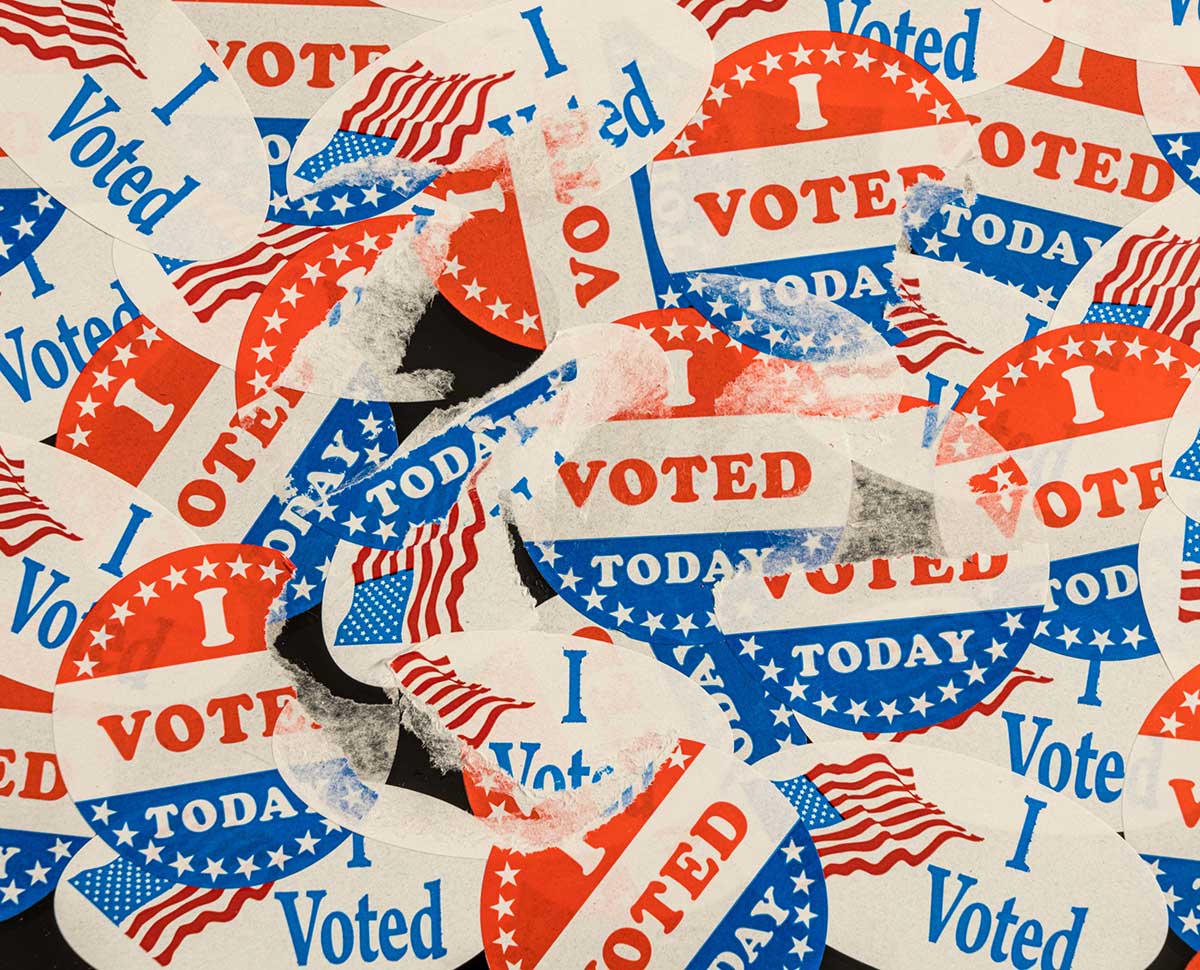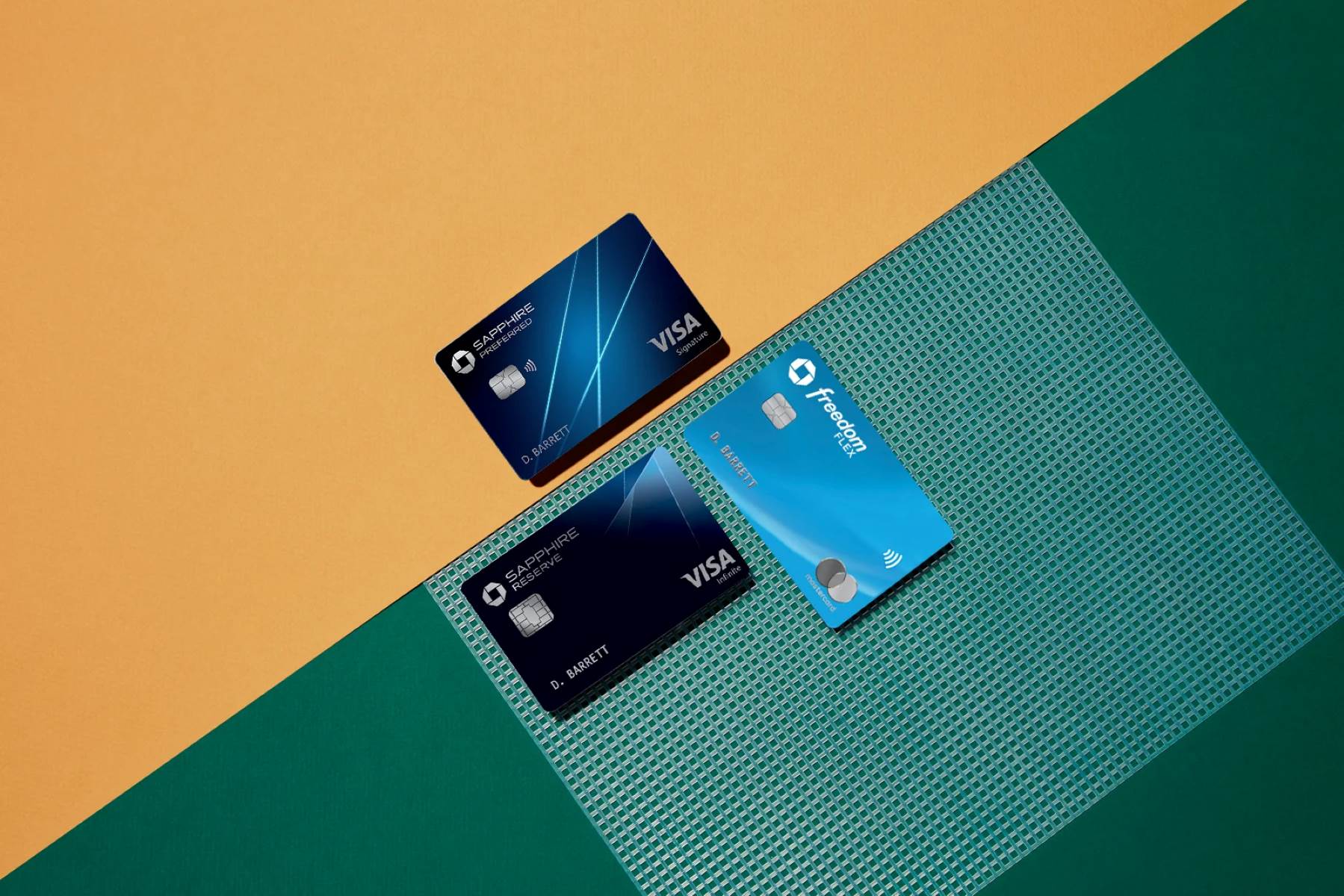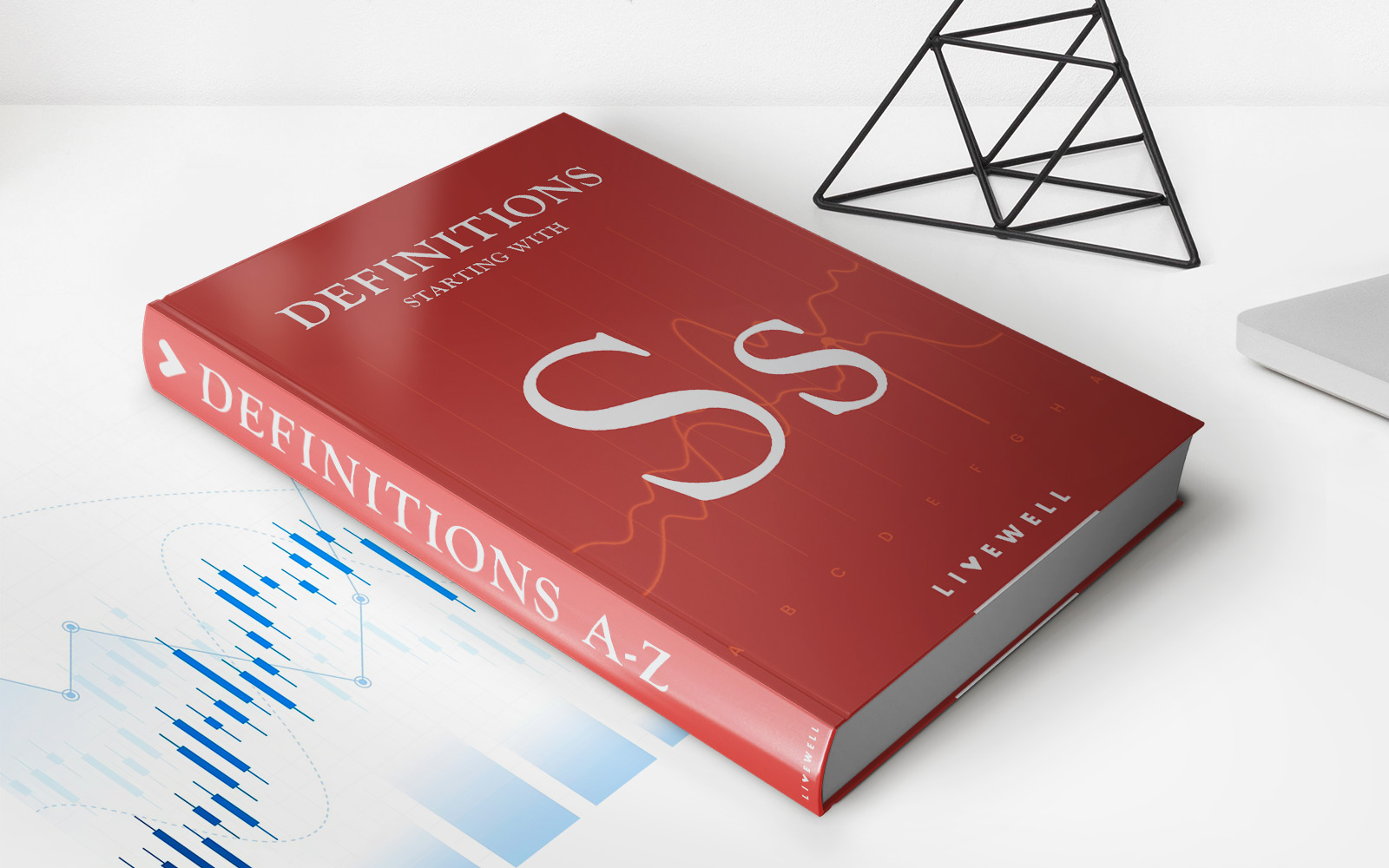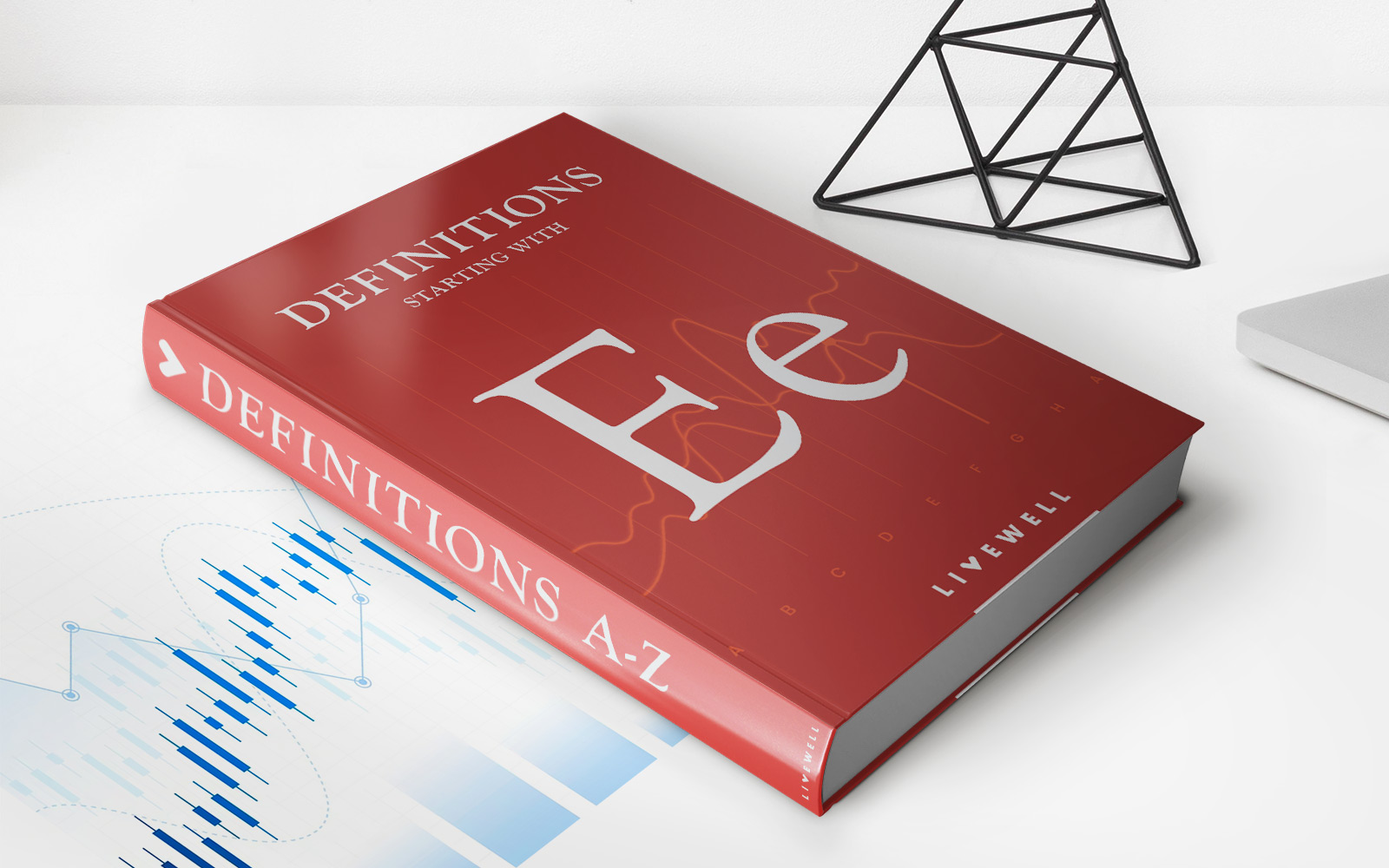

Finance
Why Do Credit Cards Raise Your Minimum Payment
Published: February 26, 2024
Learn why credit card companies increase your minimum payment and how it affects your finances. Discover the impact of rising minimum payments on your financial stability.
(Many of the links in this article redirect to a specific reviewed product. Your purchase of these products through affiliate links helps to generate commission for LiveWell, at no extra cost. Learn more)
Table of Contents
Introduction
Credit cards have become an integral part of modern financial transactions, offering convenience and flexibility to users. However, the allure of credit cards often comes with the responsibility of managing minimum payments. Understanding why credit cards raise your minimum payment is crucial for maintaining financial stability and making informed decisions about your spending habits and debt management.
The minimum payment on a credit card is the smallest amount that a cardholder must pay each month to keep the account in good standing. This payment typically includes a portion of the principal balance, interest charges, and any applicable fees. While making the minimum payment may seem like a manageable task, it's essential to comprehend the factors that influence these payments and how they can impact your overall financial well-being.
In this article, we'll delve into the intricacies of minimum payments on credit cards, exploring the reasons behind their fluctuations and the implications for cardholders. By gaining insight into this fundamental aspect of credit card management, you can empower yourself to make informed financial decisions and navigate the complexities of debt repayment more effectively.
Understanding Minimum Payments
Minimum payments on credit cards are calculated based on various factors, and understanding how they are determined is essential for responsible financial management. Typically, the minimum payment is a small percentage of the outstanding balance, often around 1%-3%, with a minimum dollar amount. This percentage may vary among different credit card issuers and can be influenced by the cardholder’s credit history, current balance, and other financial factors.
When you receive your credit card statement, the minimum payment is clearly specified. It’s important to note that while making the minimum payment by the due date helps you avoid late fees and maintain a positive credit history, it may not effectively reduce your overall debt. This is due to the fact that a significant portion of the minimum payment often goes towards covering interest charges, with only a small portion contributing to reducing the principal balance.
Furthermore, as your outstanding balance fluctuates, the minimum payment amount will also change accordingly. If you make additional purchases or accrue more debt, your minimum payment will likely increase. Understanding this dynamic relationship between your balance and minimum payment is crucial for managing your credit card obligations effectively.
It’s important to recognize that while minimum payments offer a degree of flexibility, they are not designed for long-term debt management. Making only the minimum payment can lead to prolonged repayment periods and substantial interest costs, ultimately resulting in a heavier financial burden. As such, gaining a clear understanding of minimum payments and their implications is vital for maintaining control over your financial health and working towards a debt-free future.
Factors That Influence Minimum Payments
Several key factors play a significant role in determining the minimum payment on a credit card. Understanding these factors is crucial for cardholders seeking to manage their finances effectively and make informed decisions about their debt repayment strategies.
1. Outstanding Balance: The most influential factor in calculating the minimum payment is the outstanding balance on the credit card. As the balance increases, the minimum payment will also rise, reflecting the higher amount owed and the associated interest charges.
2. Interest Rate: The interest rate, often expressed as an annual percentage rate (APR), directly impacts the minimum payment. Higher interest rates result in larger interest charges, contributing to a higher minimum payment amount.
3. Credit Utilization: The ratio of your credit card balances to your credit limits, known as credit utilization, can influence the minimum payment. Higher credit utilization may lead to an increase in the minimum payment, as it signals a higher level of risk for the credit card issuer.
4. Fees and Penalties: Additional fees, such as late fees or over-limit fees, can impact the minimum payment amount. These fees are added to the outstanding balance, thereby increasing the minimum payment for the subsequent billing cycle.
5. Credit History: A cardholder’s credit history and payment behavior can also influence the minimum payment. Those with a history of late payments or defaults may face higher minimum payments as a result of increased risk perception by the credit card issuer.
It’s important to note that while these factors influence the minimum payment, they also have broader implications for the cardholder’s overall financial well-being. By understanding the interplay of these factors, individuals can take proactive steps to manage their credit card debt more effectively and minimize the long-term financial impact of revolving balances.
Impact of Credit Card Debt
Credit card debt can have far-reaching implications for individuals and their financial stability. Understanding the impact of carrying high balances and making only minimum payments is crucial for making informed decisions about debt management and long-term financial well-being.
1. Accumulation of Interest: Carrying a high balance on a credit card and making only the minimum payment results in the accumulation of substantial interest charges. Over time, this can significantly increase the total amount repaid, making it more challenging to become debt-free.
2. Extended Repayment Periods: Making only the minimum payment can lead to prolonged repayment periods. As a result, individuals may find themselves trapped in a cycle of debt, unable to make meaningful progress in reducing their outstanding balances.
3. Negative Credit Impact: High credit card balances relative to the credit limit, coupled with minimum payments, can negatively impact credit scores. This can hinder individuals’ ability to secure favorable terms for future credit products, such as loans or mortgages.
4. Financial Stress: Carrying significant credit card debt can contribute to heightened financial stress and anxiety. The burden of managing high monthly payments and the long-term prospect of debt repayment can take a toll on individuals’ mental and emotional well-being.
5. Opportunity Cost: Allocating a substantial portion of income to credit card payments limits individuals’ ability to save, invest, or pursue other financial goals. This represents an opportunity cost, as the funds used for debt repayment could have been directed towards wealth-building endeavors.
Recognizing the multifaceted impact of credit card debt underscores the importance of adopting proactive strategies to manage and reduce outstanding balances. By addressing credit card debt effectively, individuals can alleviate financial stress, improve their credit standing, and regain control over their long-term financial prospects.
Strategies for Managing Minimum Payments
Effectively managing minimum payments on credit cards is essential for maintaining financial stability and working towards debt reduction. By implementing proactive strategies, individuals can navigate the challenges associated with minimum payments and make meaningful progress in managing their credit card debt.
1. Pay More Than the Minimum: Whenever possible, strive to pay more than the minimum amount due. By allocating additional funds towards your credit card payments, you can accelerate the reduction of your outstanding balance and minimize the long-term impact of interest charges.
2. Create a Repayment Plan: Developing a structured repayment plan can help individuals prioritize their credit card debt and allocate resources effectively. Whether utilizing the snowball or avalanche method, having a clear plan in place can streamline debt reduction efforts.
3. Negotiate Interest Rates: In some cases, contacting credit card issuers to negotiate lower interest rates can yield favorable results. Lower interest rates can reduce the overall cost of carrying a balance, making it easier to manage minimum payments and accelerate debt repayment.
4. Limit New Purchases: To prevent further escalation of credit card debt and subsequent increases in minimum payments, exercise restraint in making new purchases on credit. Focusing on reducing existing balances without accruing additional debt is crucial for effective debt management.
5. Explore Debt Consolidation: Consolidating credit card debt through a personal loan or balance transfer to a lower-interest credit card can streamline repayment efforts and potentially reduce minimum payment obligations.
6. Seek Financial Counseling: For individuals facing significant challenges in managing credit card debt and minimum payments, seeking guidance from financial counselors or advisors can provide valuable insights and tailored strategies for debt relief.
By implementing these strategic approaches, individuals can proactively manage their credit card debt, mitigate the impact of minimum payments, and work towards achieving financial freedom and security.
Conclusion
Understanding the dynamics of minimum payments on credit cards is a fundamental aspect of responsible financial management. The fluctuating nature of minimum payments, influenced by factors such as outstanding balances, interest rates, and credit utilization, underscores the importance of proactive debt management. Making only the minimum payment can lead to prolonged repayment periods, increased interest costs, and a negative impact on overall financial well-being.
By recognizing the implications of credit card debt and minimum payments, individuals can adopt strategic approaches to mitigate these challenges. Prioritizing higher payments, creating structured repayment plans, and exploring debt consolidation options can empower individuals to take control of their financial futures and work towards debt reduction.
Ultimately, proactive debt management not only alleviates financial stress but also paves the way for improved credit standing, enhanced savings potential, and the pursuit of long-term financial goals. By leveraging these strategies and maintaining a clear understanding of minimum payments, individuals can navigate the complexities of credit card debt and embark on a path towards financial freedom and security.
Empowered with knowledge and proactive financial strategies, individuals can proactively manage their credit card debt, mitigate the impact of minimum payments, and work towards achieving financial freedom and security.

